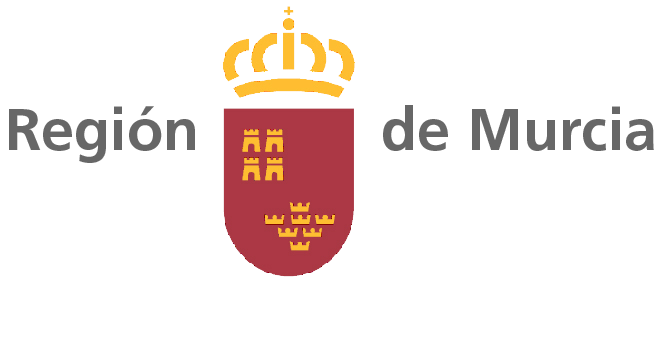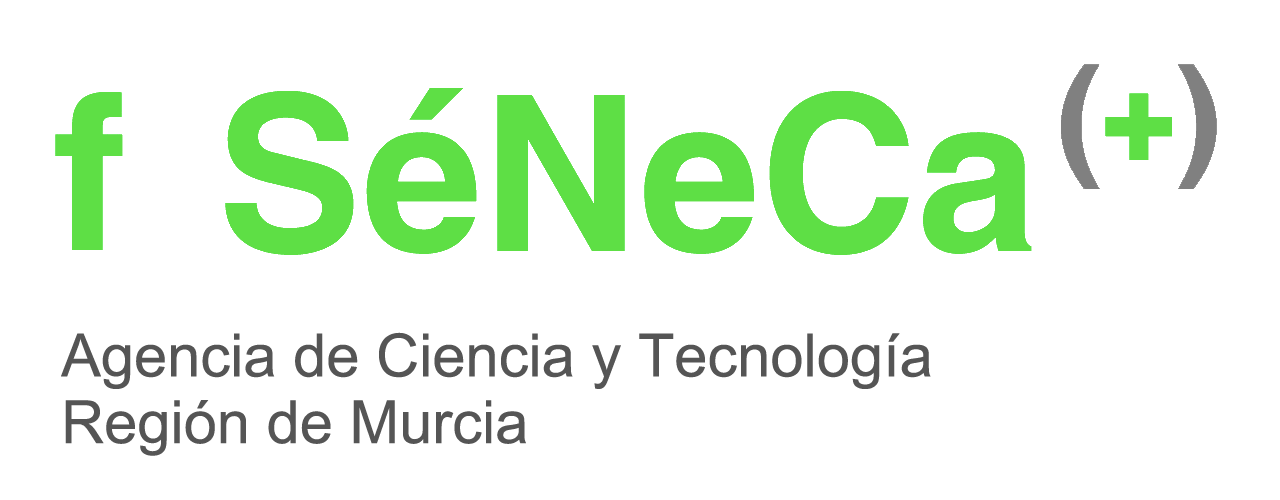Dietary soy isoflavones and vascular health: role of nitric oxide and reactive oxygen species in nrf2 mediated transcription of antioxidant genes in human endothelial cells
Cardiovascular disease (CVD) is associated with an increased generation of reactive oxygen species (ROS), released from mitochondria, endothelial nitric oxide synthase and NAD(P)H oxidases (Droge, 2002). As the overproduction of ROS in CVD compromises endogenous antioxidant defences, antioxidant therapy is not a successful treatment regime.
The incidence of CVD in premenopausal women is delayed compared to age-matched men. This protection against CVD in premenopausal women has largely been attributed to estrogen. Although epidemiological studies highlight a protective role of estrogen and phytoestrogens (isoflavones) in CVD, the results of randomized clinical trials report an increased risk of stroke and breast cancer in women receiving prolonged hormone replacement therapy (Hulley & Grady, 2004).
Due to their increased consumption of soy-based products, Far Eastern populations have high plasma levels of isoflavones, e.g. 4 μM compared to 40 nM in Western populations (Adlercreutz et al., 1999). As isoflavones (genistein, daidzein and its metabolite equol) are structurally similar to estrogen and have a preferential affinity for estrogen receptor beta (ERβ)(Kuiper et al., 1997), clinical trials have evaluated the benefits of isoflavone supplementation for CVD. However, in 2006, the American Heart Association concluded that isoflavone supplementation is not recommended for the prevention of CVD, and attributed the overall health benefits to the high content of polyunsaturated fats, fiber, vitamins and minerals and low content of saturated fats in soy products (Sacks et al., 2006).
This prospective analysis of clinical trials unfortunately failed to consider (i) that many of the studies were based on small cohorts of healthy subjects, hypertensive patients or postmenopausal women receiving very different isoflavone formulations (see Mann et al., 2009) and (ii) the consequences of intestinal metabolism on the bioavailability of isoflavones. In this context, it is worth highlighting that only 30‐40% of the population is able to metabolise daidzein to equol, a bioactive isoflavone (Setchell et al., 1999; Cassidy et al., 2006), and hence the effectiveness of isoflavone supplementation may have been masked by the lack of equol production.
To date there are only few studies addressing the molecular targets of dietary soy isoflavones in blood vessels; however, studies in vitro have established that isoflavones activate intracellular kinase cascades and eNOS, inhibit NADPH oxidase and stimulate transcriptional activation of phase II defence and antioxidant genes (Mann, 2007; Siow et al., 2007; Mann et al. 2009).
This project aim is firstly to characterise the molecular mechanisms by which soy-derived isoflavones regulate the activity and expression of eNOS and Nrf2‐dependent antioxidant enzymes in human umbilical vein endothelial cells (HUVEC), focusing on intracellular kinase cascades and eNOS activation. Our second key objective is to determine whether isoflavone-induced activation of ROS production by mitochondria, NAD(P)H oxidase or xanthine oxidase leads to subsequent Nrf2‐mediated antioxidant gene expression. In addition, we will examine whether "classical" estrogen receptor antagonists (i.e. Faslodex), used in the treatment of estrogen responsive cancers, could mimic the actions of isoflavones and estrogens.

